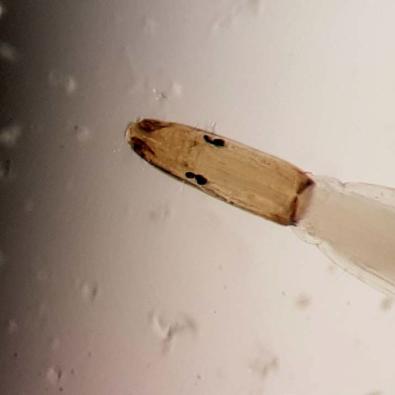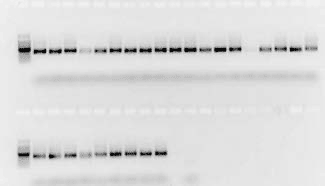DNA meta barcoding is streamlining processing of samples from aquatic macroinvertebrate surveys, improving data quality and cost. Read this case study to learn more.
Sustainable Development Goals:
Goal 15: Life on land
Background
As manager of Port Phillip and Western Port’s waterways and major drainage systems, we have been surveying aquatic macroinvertebrates (water bugs) since the 1990s to understand the types present in our waterways.
This is vital to assess waterway health and identify major threats. It also provides an evidence base for priorities in our new Healthy Waterways Strategy, with ongoing surveys integral to assessing progress towards strategy targets.
Traditionally, surveys are carried out by collecting aquatic macroinvertebrates in the field, preparing them in the laboratory, then identifying and counting them using a microscope.
Identification is usually done to a family level – largely for practical reasons such as processing time, cost and laboratory staff expertise in high-resolution identification to genus or species level. This also aligns with legislated biological objectives in state environmental protection policies.
Family level identification may help us broadly understand the health of waterways. However, it does not tell us about biodiversity, such as changes in the number of species present within each family, or the occurrence of threatened or invasive species.
Research focus
To streamline sample processing – reducing time and cost while improving the usefulness of the data we generate – we invested in research led by the University of Melbourne, in collaboration with the Australian Research Council, Royal Melbourne Institute of Technology University and Ecology Australia.
This project has developed a method for surveying aquatic macroinvertebrate using a technique known as DNA meta barcoding. DNA is extracted from aquatic macroinvertebrate samples in the laboratory, replacing the traditional method of manually identifying and counting them using a microscope.
Outcomes
So far the results are promising. Based on a survey of 47 sites across Melbourne in spring 2018, we found that DNA identification of animals compared favourably with animals identified to a family level using a microscope, both in terms of data quality and cost.
Importantly, for a similar or lower cost, the new DNA approach provides additional value by generating more detailed (species level) data for 70% of animals within the samples on average.
Further work on the DNA database underpinning the identifications is likely to substantially increase this percentage, at which point it is anticipated this new method will be ready for integration into our routine monitoring program.
You may also like...
Delivering on the Sustainable Development Goals
This report outlines Melbourne Water's unwavering commitment to advancing sustainability through the United Nations Sustainable Development Goals (SDGs).





